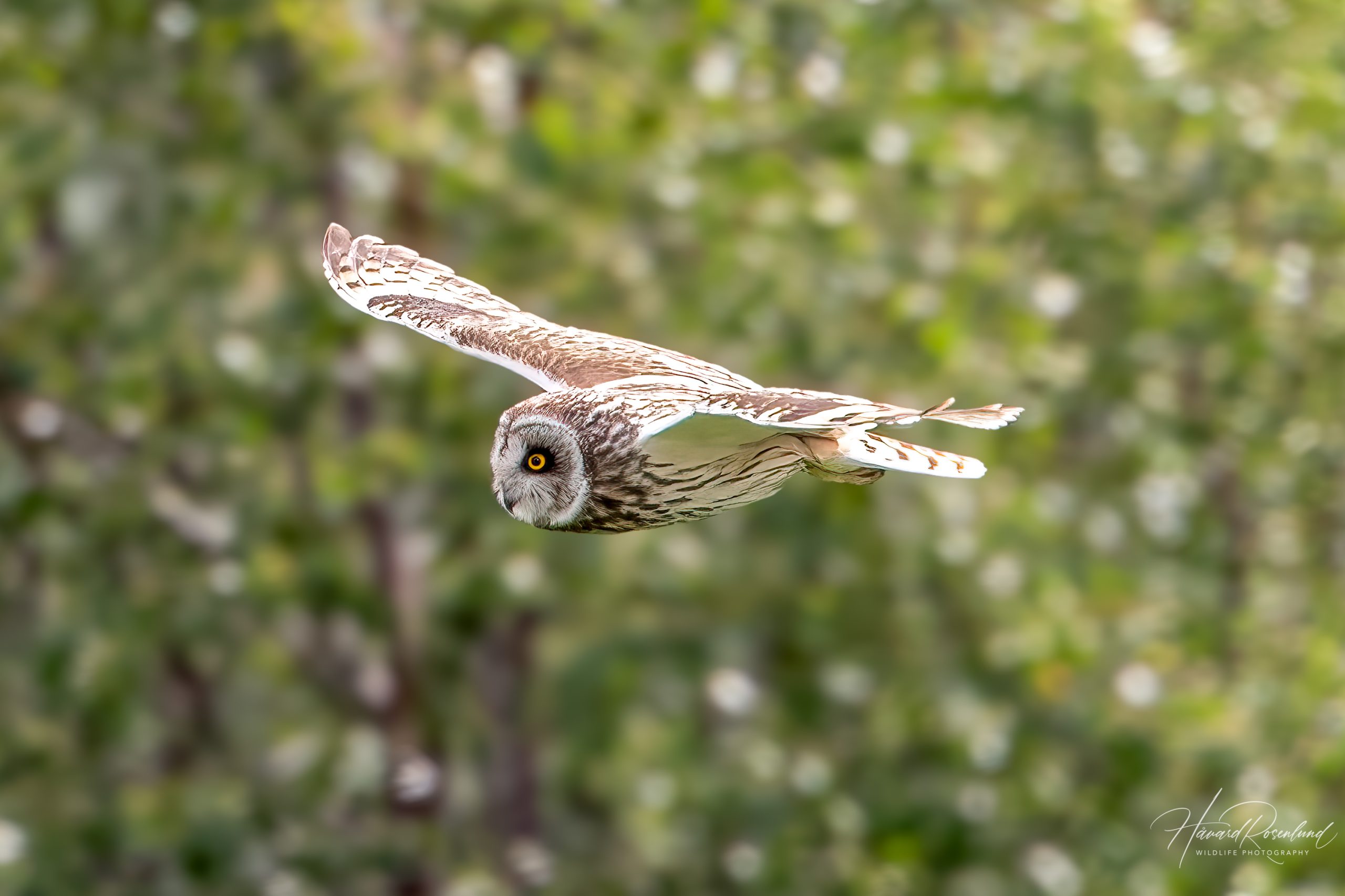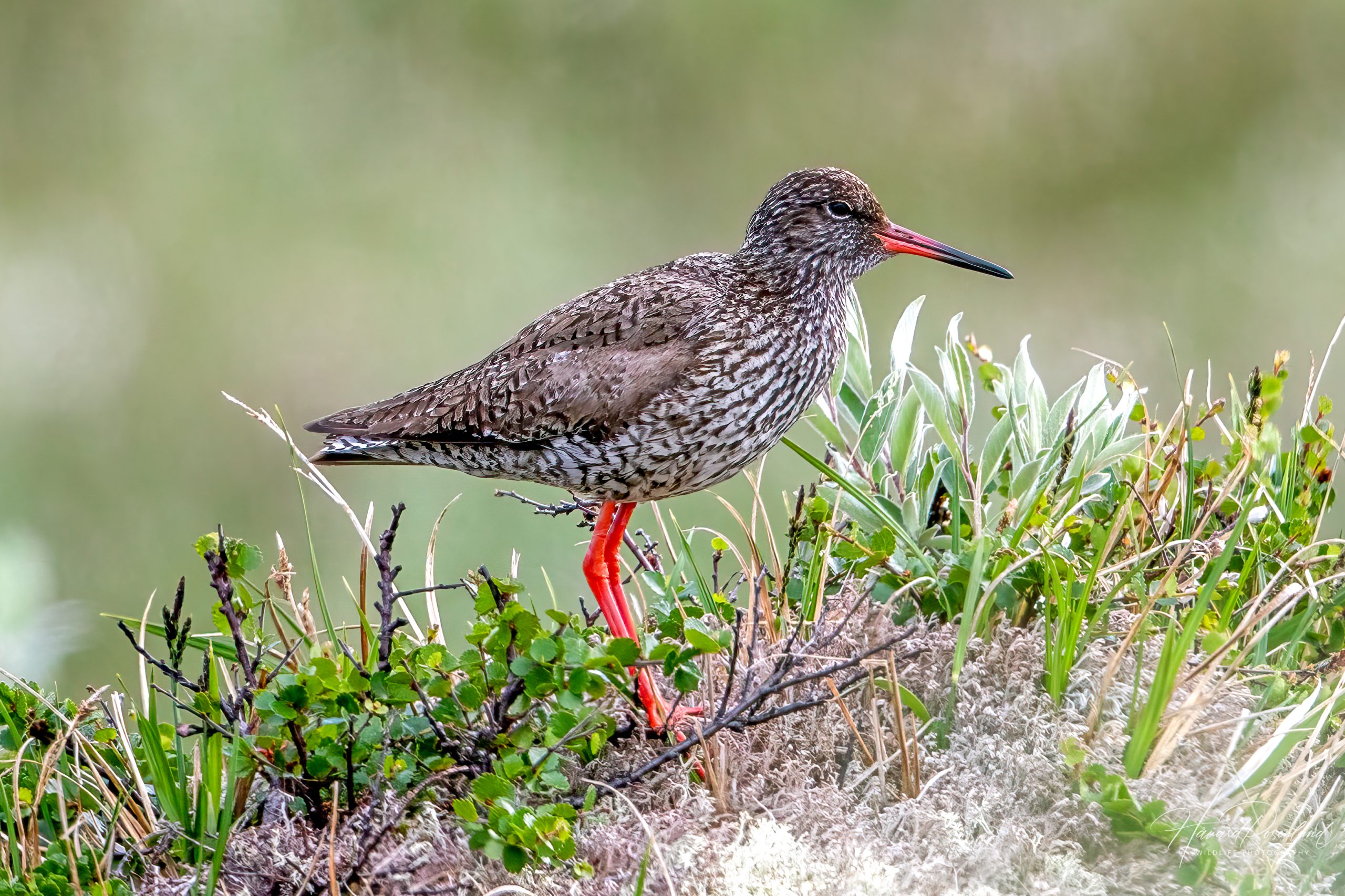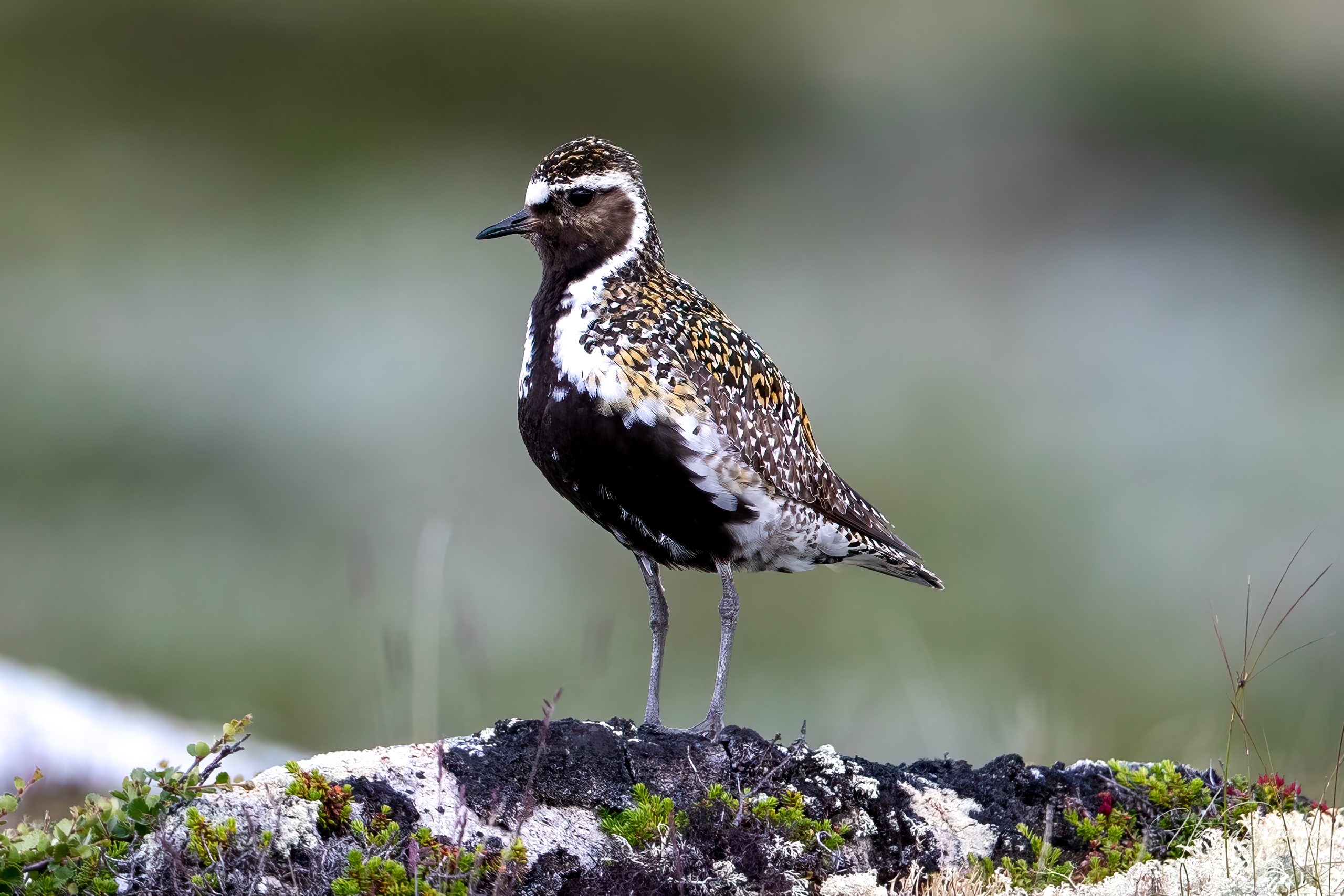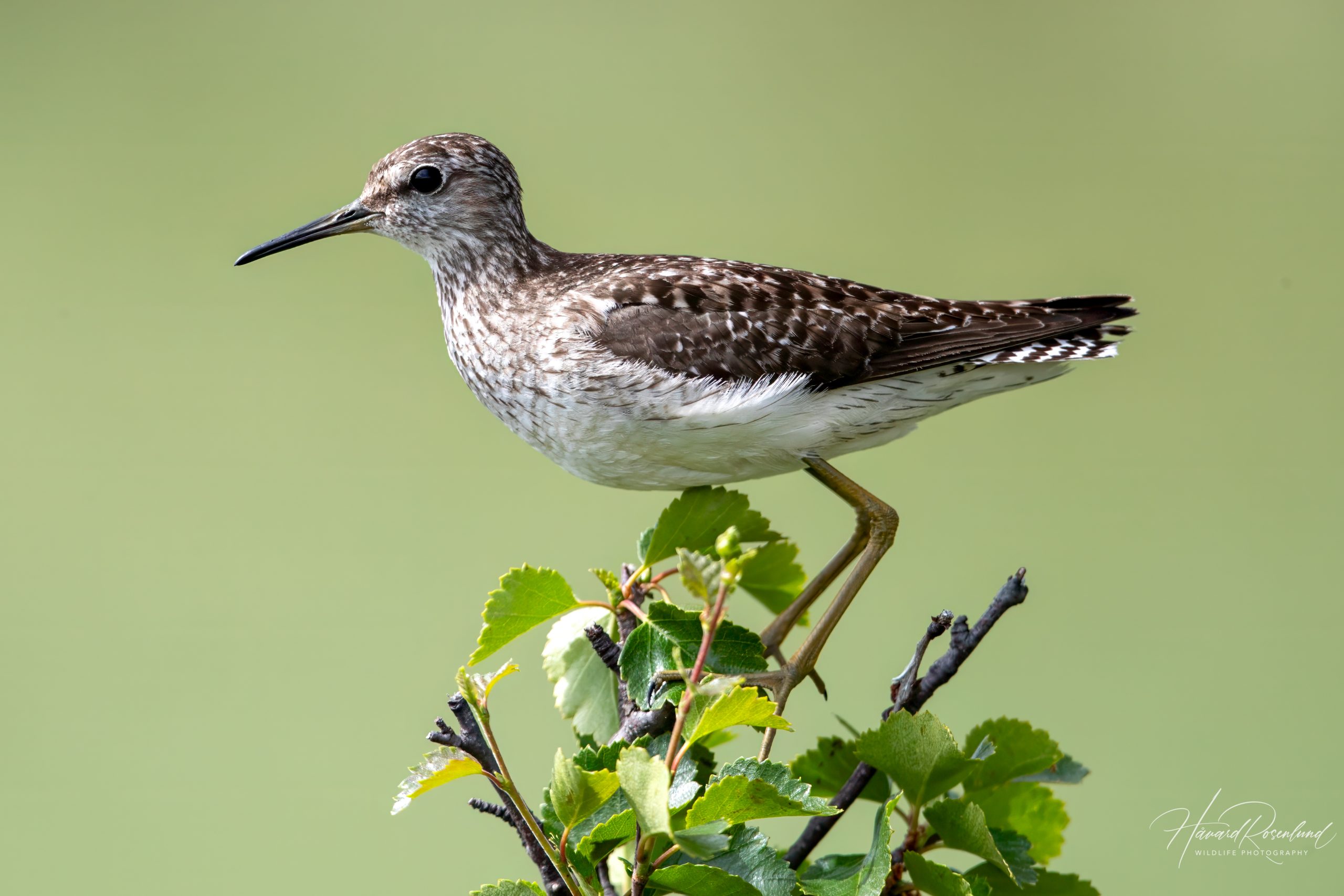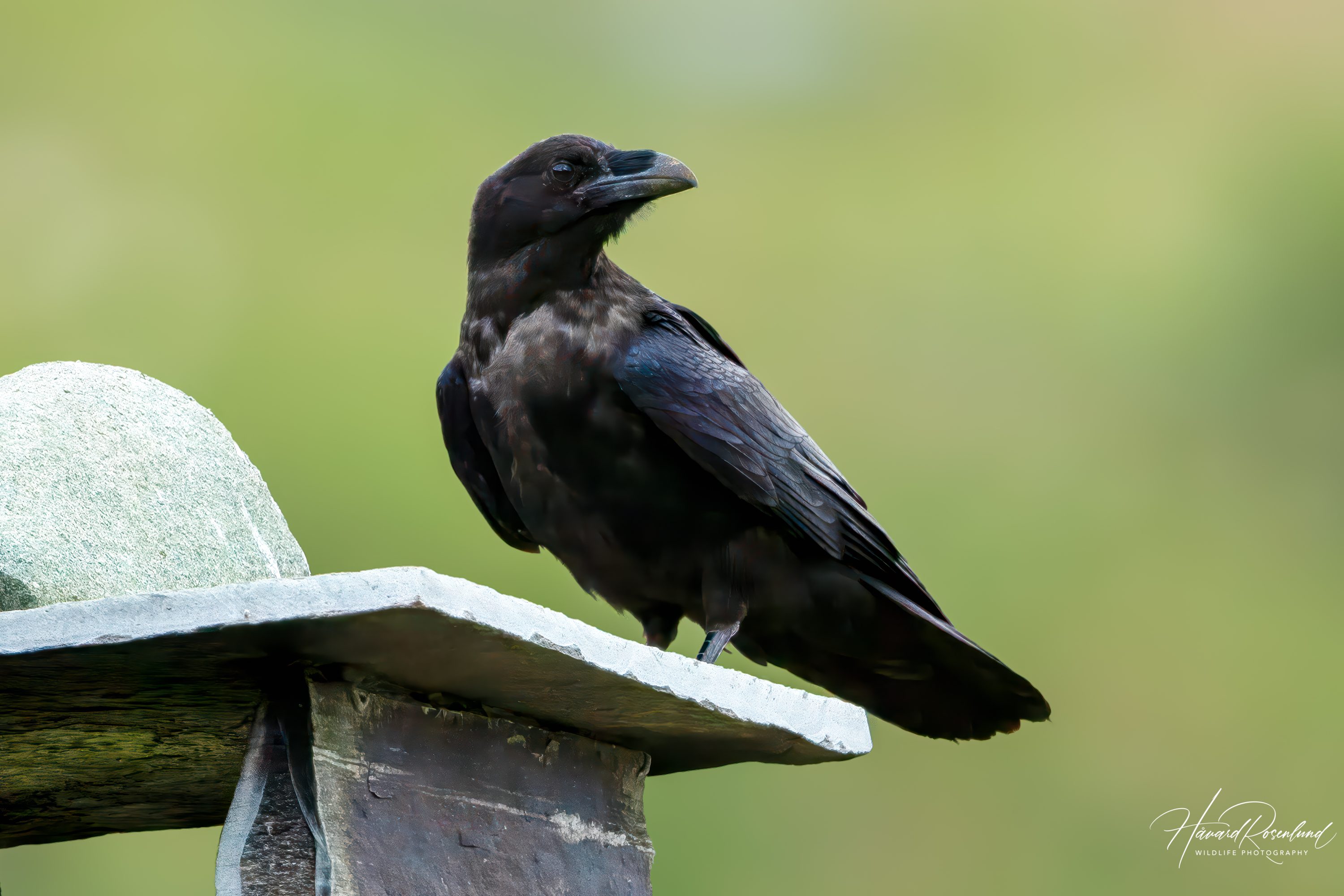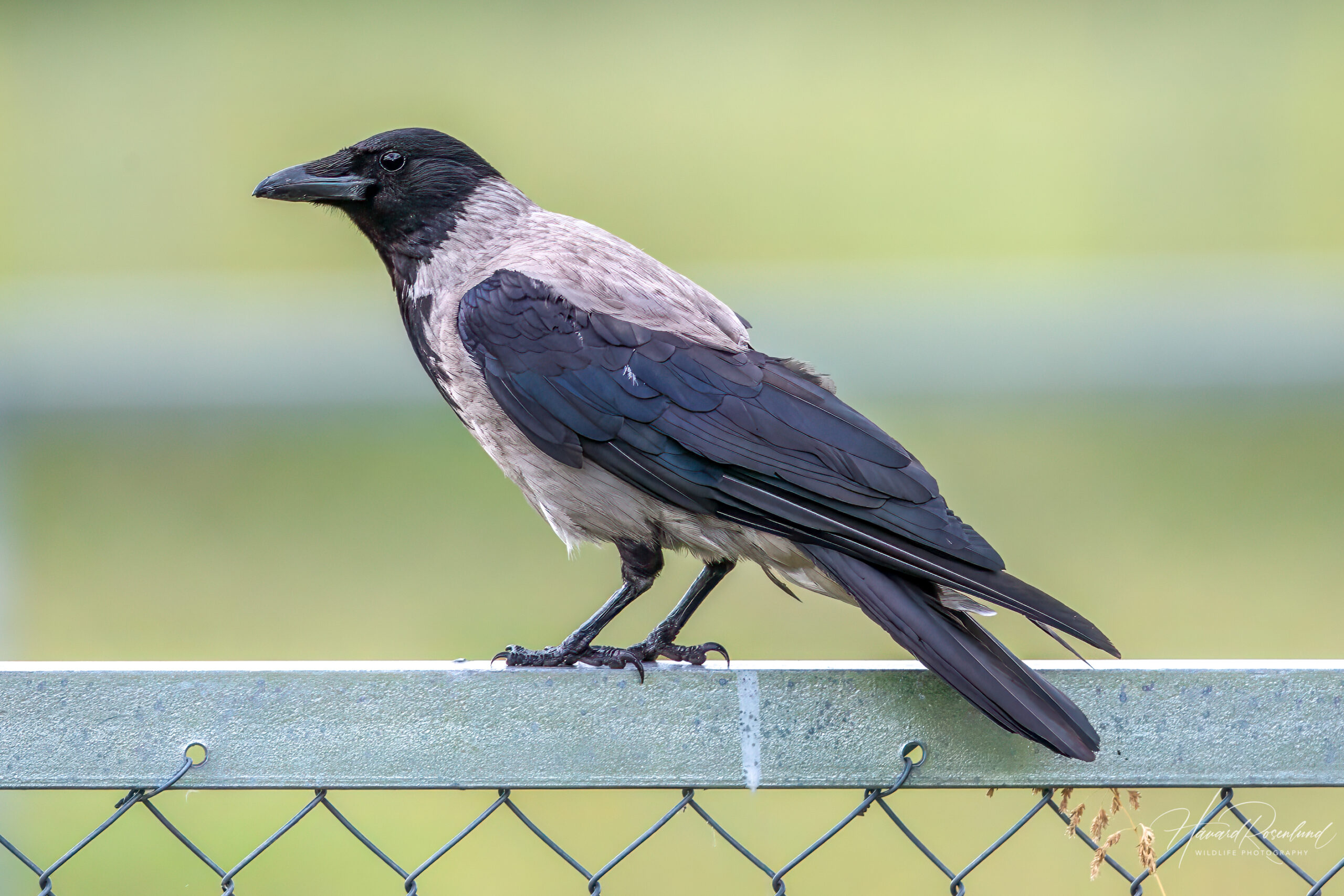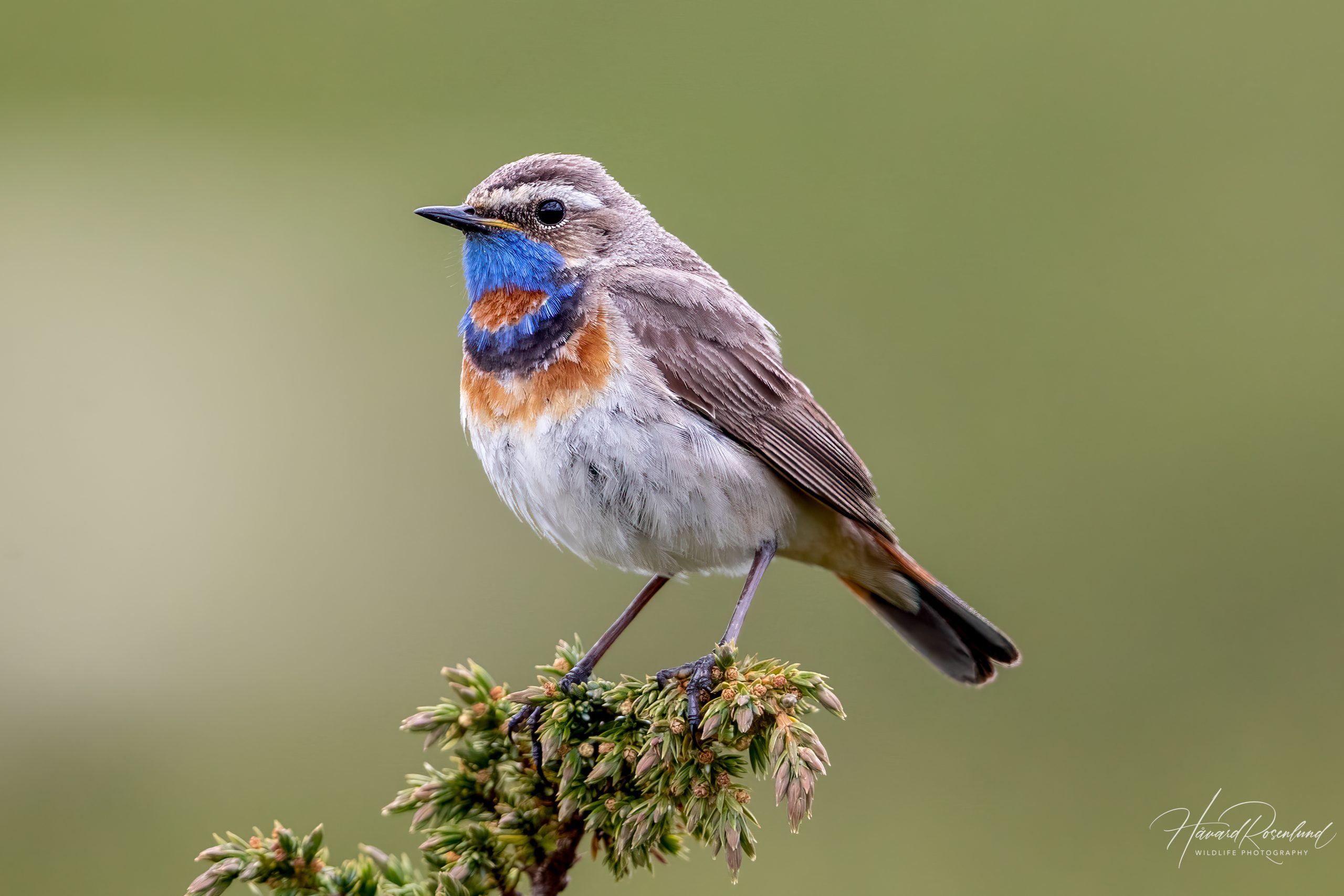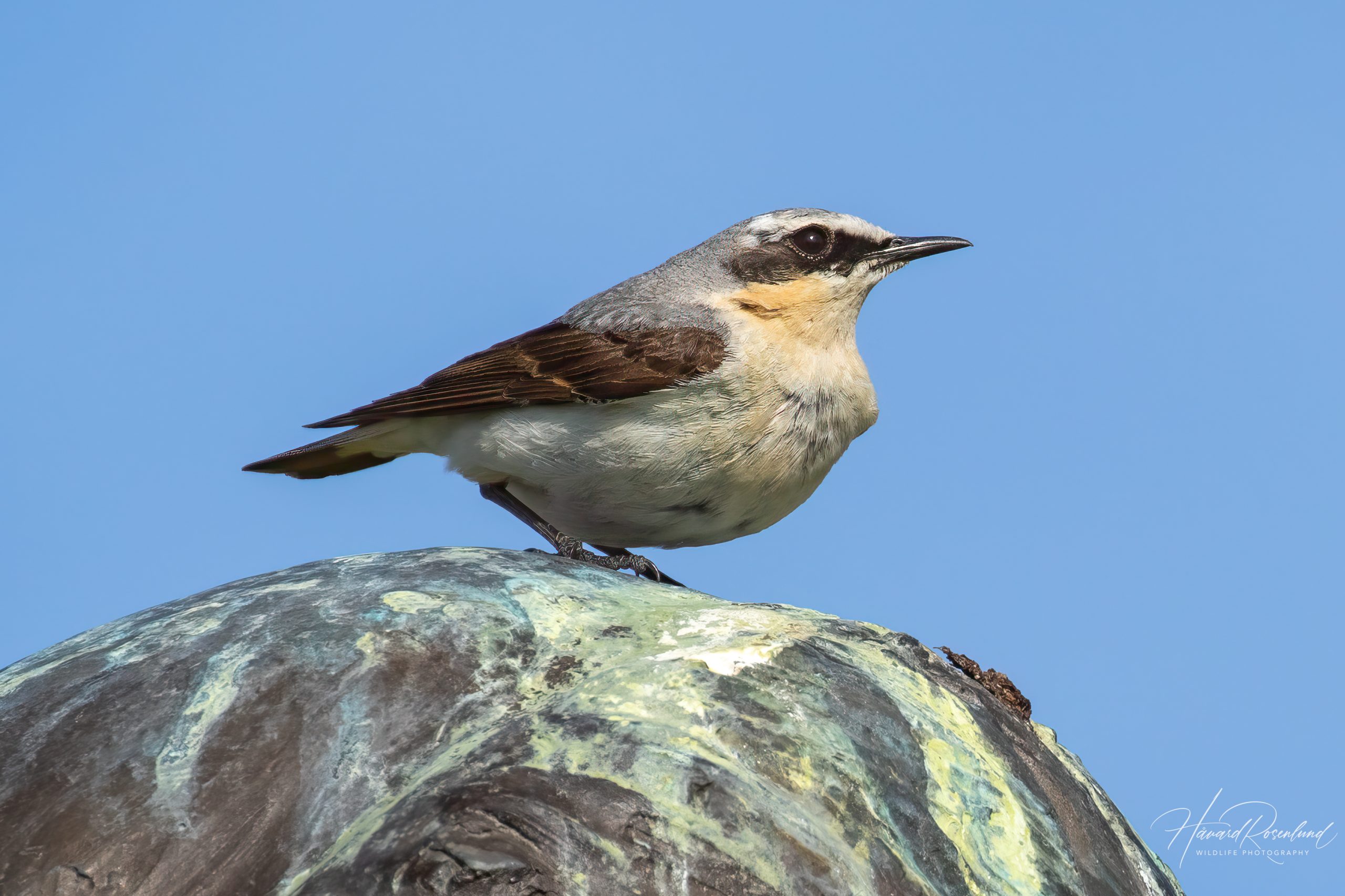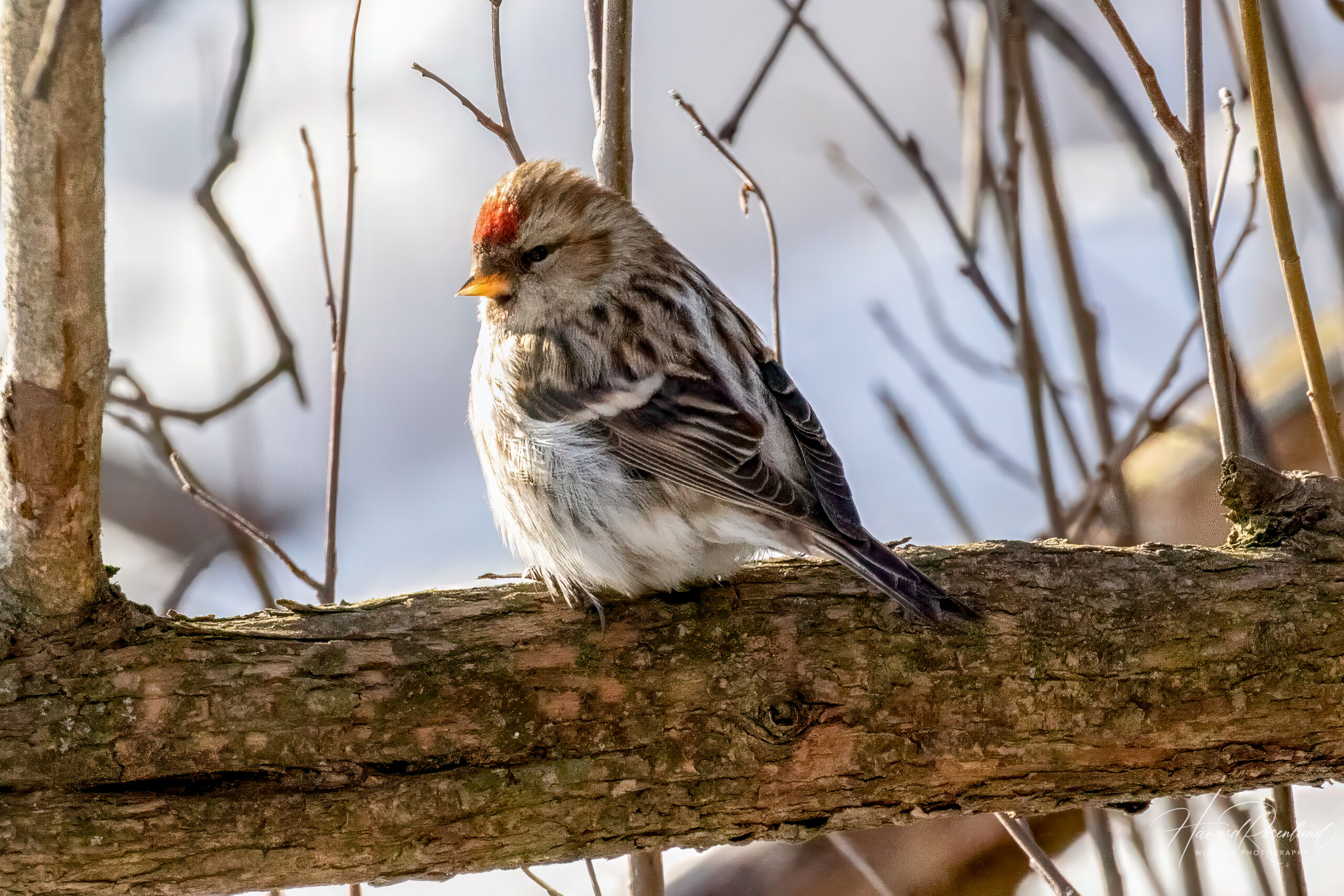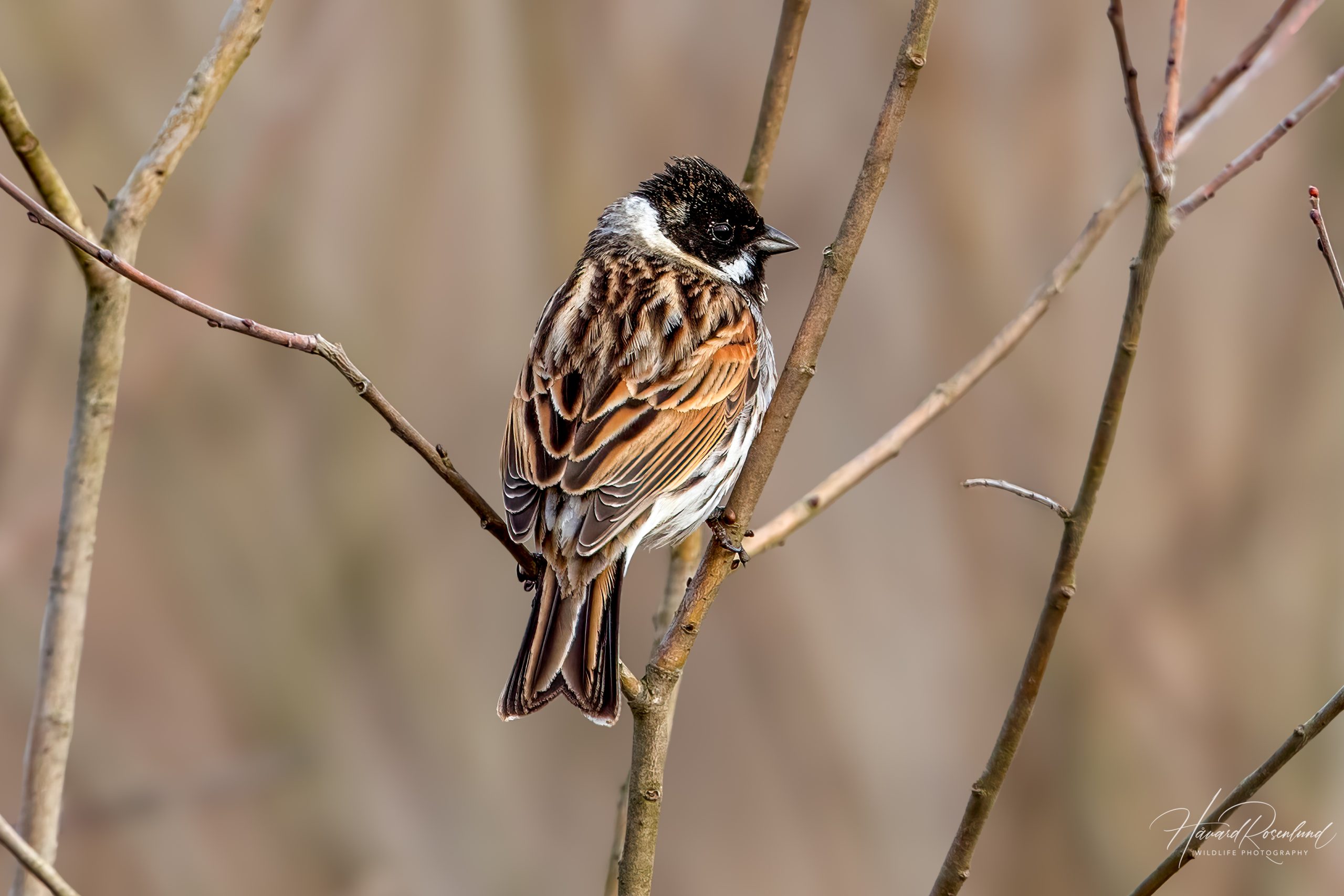Dovre is a rugged and wild highland area in central Norway, best known for its dramatic landscapes and rich wildlife. The region is dominated by the Dovrefjell mountain range, a place of great historical and ecological significance. This is one of the last strongholds of the mighty muskox, a prehistoric-looking animal that roams the vast open tundra. Visitors to Dovre often find themselves surrounded by a mix of alpine plateaus, deep valleys, and scattered birch forests, making it a perfect destination for nature lovers and wildlife enthusiasts alike.
What truly sets Dovre apart is its untouched wilderness and the sense of isolation it offers. This is a land of extremes, where harsh winters give way to short but vibrant summers filled with blooming wildflowers and the calls of migratory birds. Hiking through Dovre, whether on well-marked trails or off the beaten path, is an experience in solitude and raw nature. The region is also steeped in folklore and history, once being a natural barrier that shaped Norway’s ancient trade routes and battles. Today, it is a haven for those seeking adventure, wildlife encounters, and a deep connection with Norway’s rugged highlands.
Dovre is a compelling destination for wildlife and nature enthusiasts. This highland region is one of the few places in the world where you can see wild muskoxen, prehistoric goat-like animals that have roamed these landscapes since the last Ice Age. It is also home to wild reindeer, arctic foxes, and an impressive array of bird species, making it a prime location for wildlife lovers. The open tundra and rugged terrain provide excellent opportunities to observe alpine species that are difficult to find elsewhere in Norway.
For birdwatchers, Dovre offers a unique variety of species, particularly those adapted to harsh mountain environments. Here, you can spot gyrfalcons, rough-legged buzzards, golden eagles, and a range of wading birds in the wetland areas. In the summer, dotterels, purple sandpipers, and snow buntings can be found nesting in the highlands, while eagle-owls and hawk-owls sometimes appear in the surrounding forests. The diverse birdlife, combined with the stunning scenery and rare mammal sightings, makes Dovre a truly special destination for wildlife photography and observation.
Short answer: Wildlife watching, birdwatching, hiking, and photography.
Long answer:
Many visitors come to Dovre for its incredible wildlife-watching opportunities, especially the chance to see muskoxen in their natural habitat. The best way to observe them is by hiking into Dovrefjell-Sunndalsfjella National Park, where you have a good chance of encountering these majestic animals. Be sure to keep a safe distance of at least 200 meters, as they can be unpredictable if approached too closely.
For birdwatchers, exploring the tundra, wetlands, and lower mountain forests will yield a variety of alpine and boreal species. The best birding spots include Fokstumyra Nature Reserve, a well-known wetland area with high densities of waders, ducks, and rare passerines. If you’re lucky, you may spot Eurasian dotterels, red-necked phalaropes, or even short-eared owls hunting over the marshes. The open plateaus of the national park are perfect for scanning for raptors such as golden eagles and rough-legged buzzards.
Hiking is another major attraction, with several trails offering breathtaking views and great wildlife-watching opportunities. The Snøhetta viewpoint, accessible via a short hike, provides panoramic views over the tundra where muskoxen and reindeer can be seen. Other excellent hiking routes include the Tverrfjellet hike, which takes you through stunning alpine landscapes, and the Eystein Church Trail, where history and nature intertwine.
For wildlife photographers, the soft evening light in the mountains creates the perfect conditions for capturing dramatic shots of both landscapes and animals. Joining a guided muskox safari is a great way to improve your chances of getting close to these animals while ensuring a responsible and safe experience.
For wildlife watching, the best time to visit Dovre is from late spring to early autumn.
- May to July is prime birdwatching season, as many migratory species arrive to breed. During this time, Fokstumyra is alive with activity, and the tundra is filled with nesting waders and raptors.
- August to September is the best time to see muskoxen, as they become more active before winter sets in. Wild reindeer are also more visible during this period.
- Winter (November to March) is the most challenging time to visit, but it offers a true Arctic experience. If you’re lucky, you might see arctic foxes in their white winter coats, and birding opportunities include species like willow ptarmigan and snow buntings in their winter plumage.
For those who enjoy solitude and dramatic winter landscapes, February and March can be spectacular, but extreme weather conditions make wildlife viewing more difficult. If you’re planning to visit in winter, be prepared for deep snow, strong winds, and freezing temperatures.
Dovre is easily accessible from several major cities in Norway and is well connected by both road and rail.
- By car: The main route to Dovre is via the E6 highway, which runs through the Dovrefjell mountain range. If coming from Oslo, expect a 4.5-hour drive. From Trondheim, it takes about 3.5 hours.
- By train: The Dovre Line (Dovrebanen) connects Oslo and Trondheim, stopping at Dombås, which is the main gateway to the region. From Dombås, you can access various hiking trails and nature reserves.
- By bus: Several regional buses run to Dombås and surrounding areas, making it possible to reach Dovre without a car. However, for deeper exploration, having your own vehicle or joining a guided tour is recommended.
For those venturing into Dovrefjell-Sunndalsfjella National Park, the best access points are from Kongsvoll, Hjerkinn, and Grønbakken, where trails lead into the heart of the muskox territory. If you’re visiting Fokstumyra for birdwatching, it is located just off the E6 near Dombås, with a marked entrance and boardwalks through the reserve.
Ever since I was little I had always wanted to see the muskoxen in Dovre, and in July 2021 I finally decided to take the trip up to the mountains in the hope of getting the chance to see one.
I had booked a room for four nights at Trolltun Hotel at Dombås. I got there by car, which was essential, as it is hard to get around an area the size of Dovre without one. I had two main goals for my stay. The first was getting a decent photograph of a wild muskox, and the second was getting a photograph of the beautiful bluethroat, a highland bird I had always wanted to see. Whatever else I’d see would be a bonus.
I decided to try and complete my second goal almost instantly upon arrival. The hotel wasn’t too far from Fokstumyra by car, so after dinner I decided to go there and see what I could find. I hadn’t walked far into the reserve before I found my first bluethroat. It was quite close, and I got decent photos of the very first one. It didn’t take long before I saw another. As it turned out, Dovre was teeming with bluethroat, and I would see plenty more throughout my stay. It felt great ticking off one of my two goals almost instantly.
In total I went to Fokstumyra three times during my stay, and I got plenty of different species and lots of nice photos. Besides the bluethroats, there were lots of yellow wagtails, meadow pipits, and willow warblers, as well as reed buntings and redpolls. I also had a great sighting of a cuckoo near the parking lot, a couple of sightings of short-eared owl, two cranes by the entrance to the reserve, a black-throated loon, a wood sandpiper, and a male and female hen harrier flying high in the distance. A curlew with chicks also decided to pose nicely for me just outside of the reserve by the highway. Even though Fokstumyra is renowned for its birdlife, it also has a high density of moose. I saw many of them while hiking on the trails around the reserve, adding a bit of suspense and excitement to the experience.
On the third day I had booked a guided muskoxen walking safari. I met the guide and my tour companions at Kongsvold Fjeldstue, a famous hotel by the highway in Dovre. We started our walk into Dovrefjell-Sunndalsfjella National Park from there. It was a great experience. The guide was very knowledgeable and taught us about the flora and fauna of the area as we walked along the mountain trail. I got to see my very first golden plover on this hike, which was a species I had hoped to see. After a bit of walking, we came to an open area with a hill in the distance. One of our tour companions managed to spot something moving all the way up there on the hill. It was two muskoxen! As we got closer, we slowly walked up the hill some distance to the north of them. When we were as close as allowed, we stopped. We then watched them at a distance as they made their way across the hill, with their backs turned towards us. It was very exciting, but I didn’t get the photos I had hoped for.
On my fourth day, I decided to go back into the Dovrefjell-Sunndalsfjella National Park and give it another go, but this time I did the walk without a guide. I followed the same trail as I had with the tour guide the previous day, but since I was alone I could now spend more time photographing other stuff along the way. There were lots of golden plovers, so I decided to get good photos of those. I also spent quite some time with a common redshank, which was also a new species for me.
When I eventually reached the area we had seen the muskoxen the day before I began looking for them. As luck would have it, they were still there, just a few hundred meters away from were they were the day before. I decided to go up the hill behind them, and out of their view. I used all my skills and knowledge from the bush in Africa as I approached them as safely as I could, in a manner that wouldn’t spook them. I approached them from behind a corner, slowly and low to ground. As I finally got them into view, they were at a perfect distance away for a decent photograph, but not close enough to be threatened by me and my low profile. They did notice me, however, but they only moved slowly away, showing no signs of being threatened by my presence. It was all very exciting, and absolutely worth it, as I got the photos I had hoped for!
My trip to Dovre is one of my favorite wildlife trips in Norway, and I highly recommend doing a guided muskoxen safari and a trip to Fokstumyra for any wildlife enthusiasts. I do not, however, recommend anyone doing what I did to get those photos of muskoxen, unless you know exactly what you are doing and have pervious experience of dealing with potentially dangerous wildlife.




































